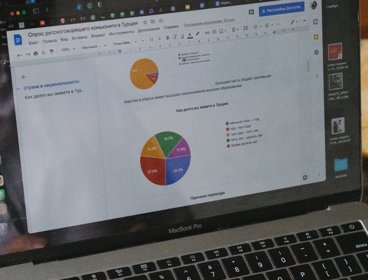By Phil Emmerson, Royal Geographical Society (with IBG)
Open access publishing usually involves use of a Creative Commons license for your work. Many open access publishers use Creative Commons licenses to help authors retain copyright while still allowing others to use and build upon their work. By using a Creative Commons license, authors can specify the conditions under which their work can be used, while still promoting open access to their research.
Creative Commons licenses are a set of standardised copyright licenses that allow creators to share their work more easily and flexibly while still retaining some control over how their work is used. A copyright is a type of intellectual property that gives its owner the right to copy, distribute, adapt, display, and/or perform a creative work. There are six different types of Creative Commons licenses, each with its own set of conditions and restrictions. Here's what you need to know about each one:
-
CC BY (Attribution): This license allows others to use, distribute, and build upon your work, even for commercial purposes, as long as they give you credit for the original creation. This license is the most open and permissive of the six CC licenses.
-
CC BY-SA (Attribution-ShareAlike): This license allows others to use, distribute, and build upon your work, even for commercial purposes, as long as they give you credit for the original creation and share any derivative works under the same or a compatible license. This license is often used for collaborative works such as Wikipedia.
-
CC BY-ND (Attribution-NoDerivatives): This license allows others to use and distribute your work, even for commercial purposes, as long as they give you credit for the original creation and don't make any changes to it. This license is useful for works that are intended to be preserved intact, such as photographs or historical documents.
-
CC BY-NC (Attribution-NonCommercial): This license allows others to use and distribute your work as long as they give you credit for the original creation and don't use it for commercial purposes. This license is often used for non-profit or educational works.
-
CC BY-NC-SA (Attribution-NonCommercial-ShareAlike): This license allows others to use, distribute, and build upon your work as long as they give you credit for the original creation, don't use it for commercial purposes, and share any derivative works under the same or a compatible license. This license is often used for non-profit or educational works that are intended to be shared and modified.
-
CC BY-NC-ND (Attribution-NonCommercial-NoDerivatives): This license allows others to use and distribute your work as long as they give you credit for the original creation, don't use it for commercial purposes, and don't make any changes to it. This license is the most restrictive of the six CC licenses.
By using a Creative Commons license, you can make it easier for others to share and build upon your work while still retaining some control over how it is used. When choosing a license, you will need to consider both your goals for sharing your work and the type of use you are comfortable with, and also any mandates that research funders may have placed which dictate the kind of license needed.

About this guide
Publishing is a crucial, but sometimes daunting and unexplained, part of academic life. All academic geographers are supposed to do it, but there are few formal guidelines about how best it should be done. Many of us discover how to publish by trial and error or through the mentoring and support of colleagues. Publishing and academic landscapes also change, presenting new challenges to established academics. The publishing and getting read guides have four main aims: to provide clear, practical and constructive advice about how to publish research in a wide range of forms; to encourage you to think strategically about your publication profile and plans; to set out some of the opportunities and responsibilities you have as an author; and to support you in getting your published research read.




